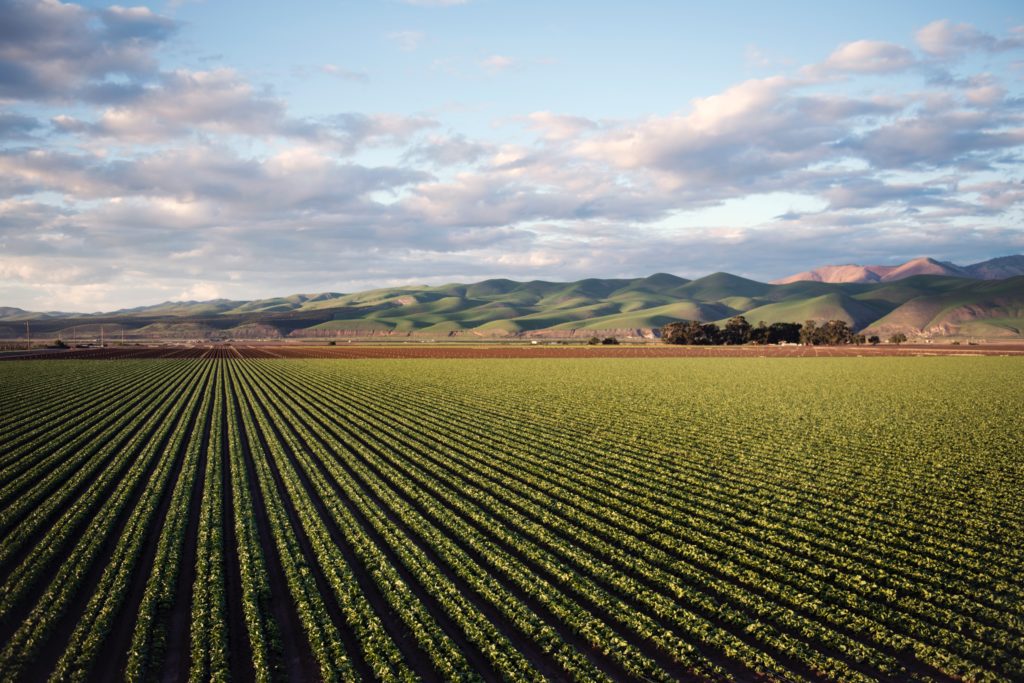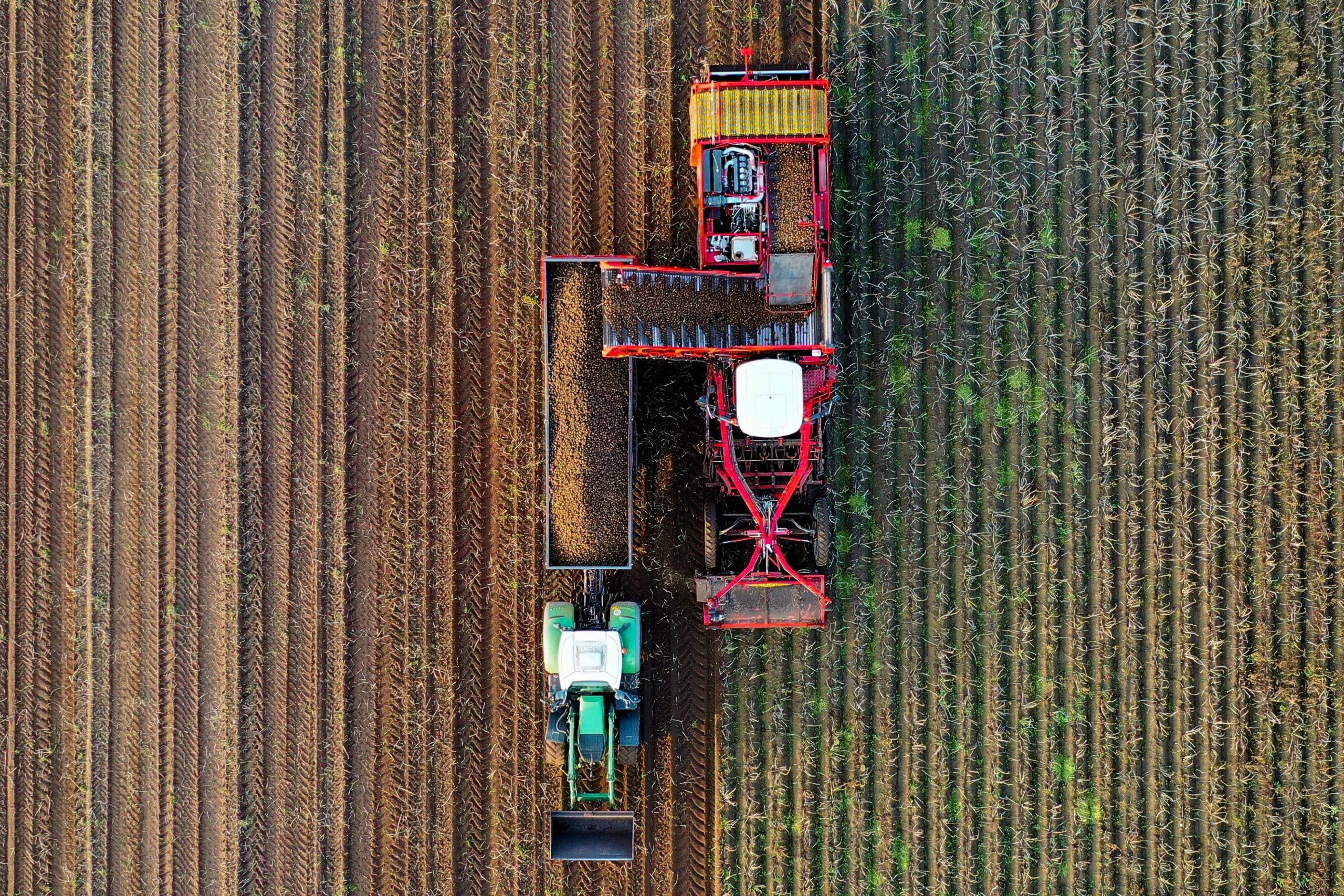4 Mins Read
It’s been more than 20 years since the USDA launched the National Organic Program that changed the American food system. Now, farmers and forward-thinking brands are embracing regenerative agriculture as the next step in healthy food and fighting the climate crisis.
Like organic farming, regenerative agriculture eschews synthetic chemical pesticides, herbicides, and fertilizers. It also brings the focus to topsoil regeneration, increasing biodiversity, and conservation of natural resources. But unlike organic farming, there are currently no federal standards for regenerative agriculture, which some say threatens the integrity of the claim and makes it prone to greenwashing.
The USDA has increased its commitment to making America’s farming system more sustainable, however. Last month, the USDA’s National Institute of Food and Agriculture (NIFA) announced an investment of $70 million into sustainable agricultural projects that integrate research, education, and Extension efforts.
While it doesn’t explicitly name regenerative agriculture as part of that program, it says the goal “is to establish robust, resilient, and climate-smart food and agricultural systems.”
“These research investments will help transform the U.S. food and agricultural system to increase production in sustainable ways as the United Nations project a world population of 9.8 billion by 2050,” Acting NIFA Director Dr. Dionne Toombs, said in a statement. “These visionary projects will improve the supply of affordable, safe, nutritious and accessible agricultural products, while fostering economic development and rural prosperity in America.”
Verified regenerative agriculture programs
While American farmers and companies wait for the USDA to get behind regenerative agriculture, there are third-party verification programs already in place.
Regenerative Organic Certification (ROC) is widely used by tens of thousands of organic farms and companies including Dr. Bronner’s, Lundberg Family Farms, Patagonia Provisions, and Alter Eco have launched ROC-labeled products. The Savory Institute’s Land to Market program is also gaining steam with food and fashion brands on board.
According to The Organic & Non-GMO Report, three new initiatives have joined the regenerative agriculture movement: The Soil Carbon Initiative (SCI), Certified Regenerative by A Greener World (AGW), and Regenified have all defined regenerative agriculture standards and are starting to verify farms and food brands. All three programs emphasize building soil health, continuous improvements, and testing for positive outcomes such as better water quality and enhanced biodiversity.

AGW’s “Certified Regenerative” is a comprehensive program according to Emily Moose, AGW executive director.
“It looks at a variety of sustainability metrics — not just air, water, soil health, and livestock — but also how workers are treated and buildings and infrastructure,” she told The Organic & Non-GMO Report. “This is meant to be a full 360-degree, complete picture of the farm.”
Regenified works with a “6-3-4 Verification Standard”: six stands for the six pillars of regenerative agriculture including the context or a farmer’s unique location, climate, and soil conditions, soil disturbance, “armoring” the soil, crop diversity, living roots in the ground, and livestock integration; three is the three rules of adaptive stewardship; and four is how the ecosystem process outcomes are measured: water and mineral cycles, energy flow, and community dynamics.
SCI works to deliver third-party verified outcomes of soil health, soil carbon, increased biodiversity, improved water quality, climate resiliency, and greater farm and rural prosperity, says The Organic & Non-GMO Report.
Regenerative agriculture and climate change
According to a recent report by the Food and Land Use Coalition, regenerative agriculture could sequester 1 billion tons of carbon dioxide equivalent per year by 2050.

Tina Owens, senior fellow of regenerative agriculture at the Soil & Climate Alliance, told The Organic & Non-GMO Report that 57 of the world’s top 100 food companies have either made regenerative agriculture commitments or have publicly stated regenerative agriculture pilots or intentions.
The increased focus on regenerative comes as the Millennium Ecosystem Assessment found that more than 60 percent of global ecosystem services are being degraded or used unsustainably. Nous Sommes Vivants reports that the basic ecosystem functions that supply what humans and other species require to survive “are crumbling around us.” It notes that by increasing the quantity of carbon stored in soil through regenerative agriculture by just 0.4 percent per year, it “can halt” the annual increase in C02 in the atmosphere.



